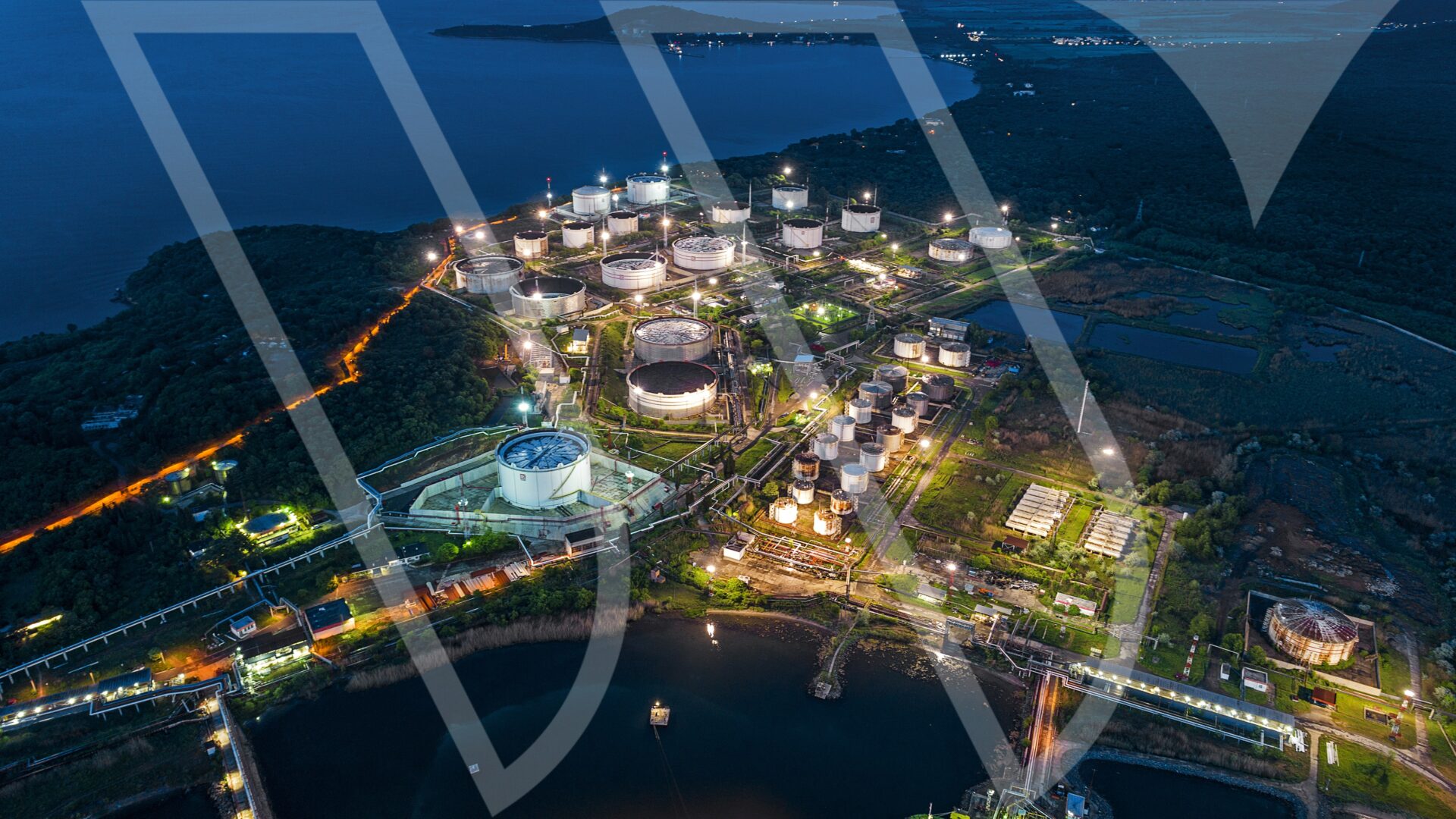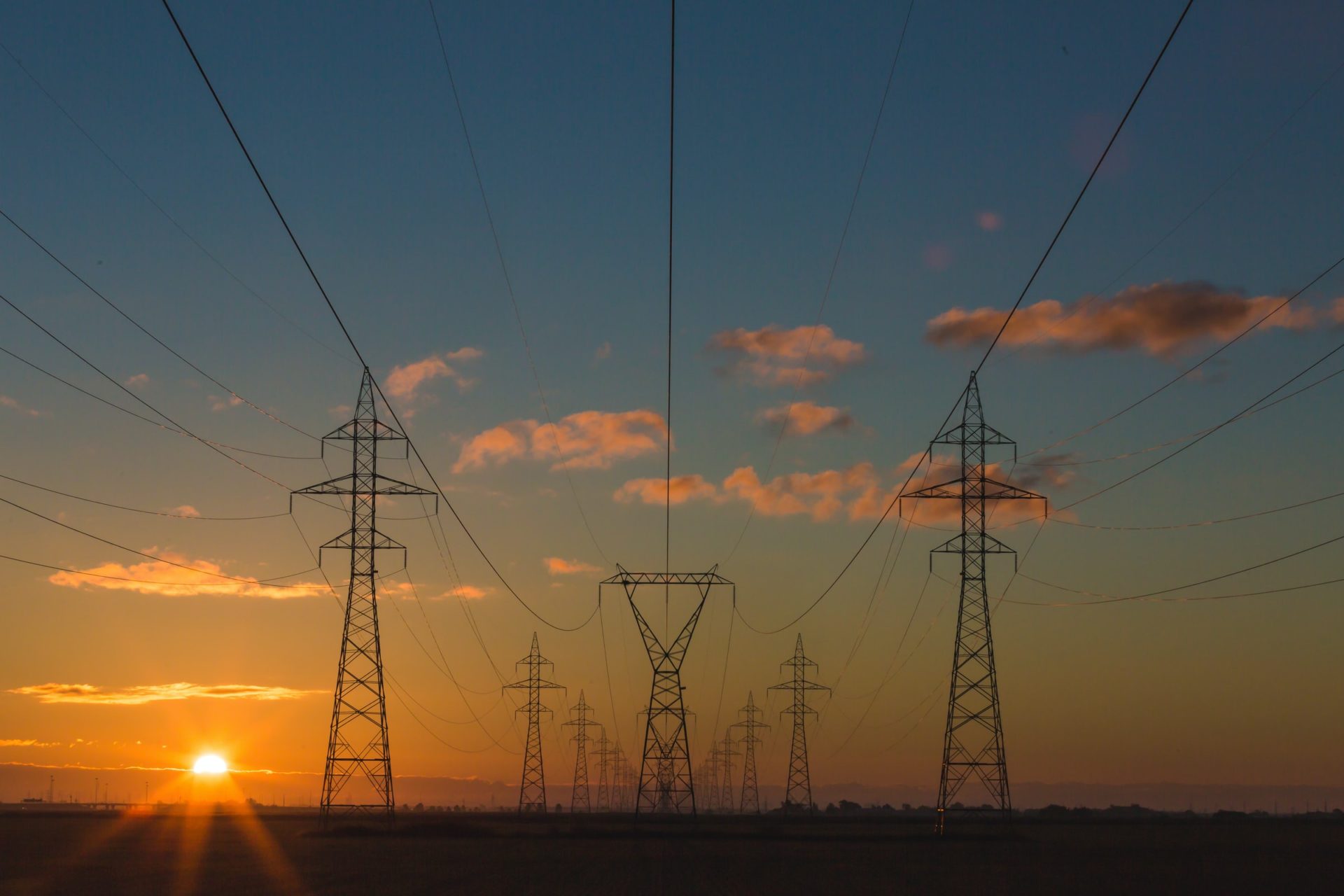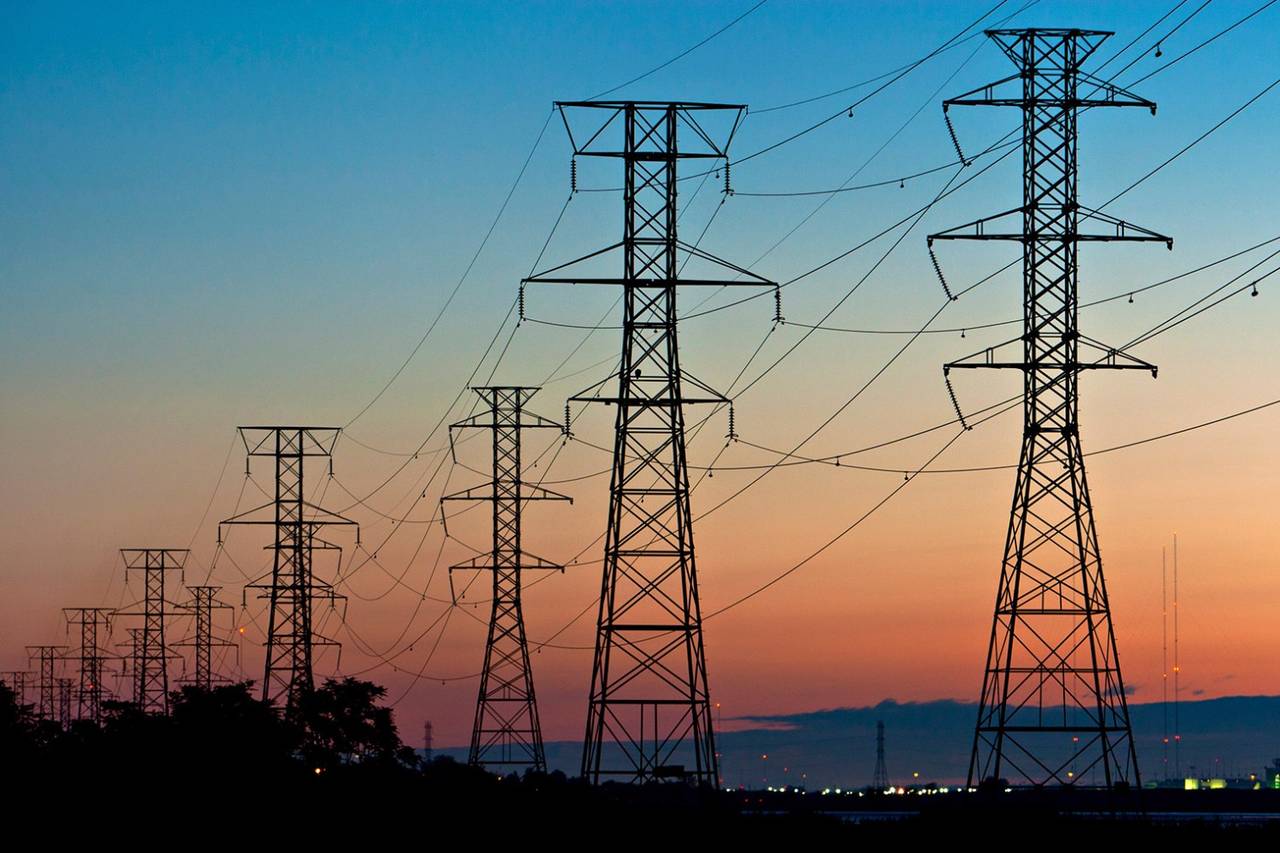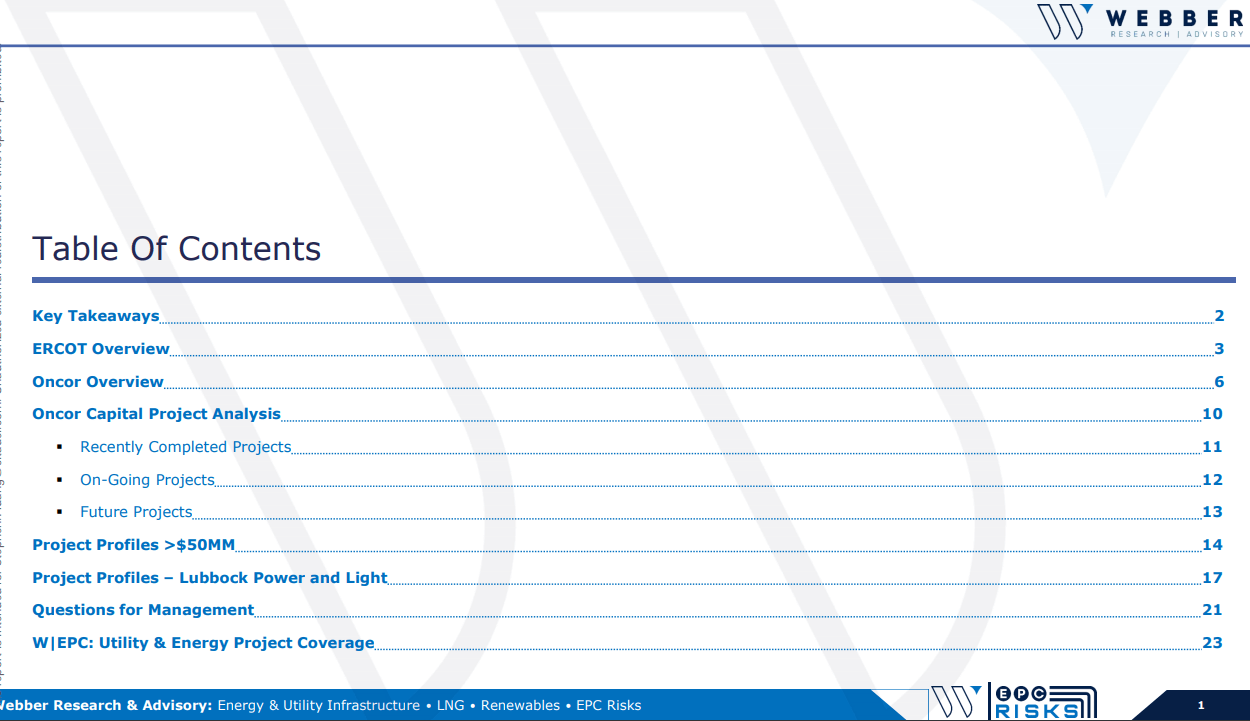
TPIC: Shuts Iowa/Juarez Facilities – Withdraws 2020 Guidance
We thought we’d pass along a snippet from our recent note on TPIC (4/23) – highlighting both its 2020 guidance withdraw, as well as the shutdown of its Iowa & Juarez facilities – which, while disclosed in subsequent filings, were not highlighted in the guidance suspension press release. For access information email us at [email protected]
TPIC: Newton Iowa Facility Latest To Be Affected By COVID-19. Earlier today TPIC announced it would pause production at its manufacturing facility in Newton, Iowa after 28 associates tested positive for COVID-19 last week. The Newton facility is set to be shut for roughly 1 week for deep cleaning and development of more advanced testing procedures for associates. Additional Updates: Not included in the press release was a series of updates to its other manufacturing facilities:
- Juarez, Mexico: 1 facility (of 3) temporarily closed due to an order from a division of the Mexico Secretary of Labor. TPIC said it plans to administratively challenge the order but that if it’s not reversed, the facility would be closed through 5/31.
- Matamoros, Mexico: Reduced capacity timeline extended from 4/30 to 5/31 due to the extension of Mexico’s sanitary emergency order and demands from its labor union.
- Chennai, India: Resumed limited production with additional personnel on 4/21 (previously targeted 4/15). Other facilities operating at normal capacity, including its 2 facilities in Izmir, Turkey which had been operating at 50% capacity for the first half of April.
- Guidance Suspension Not Surprising: As a result of the additional facility closures and the general unpredictability of the magnitude and duration of the pandemic, TPIC also announced it was withdrawing its 2020 guidance (Figure 1). The majority of TPIC’s Wind OEM peers and customers have already suspended guidance – making TPIC’s announcement seem largely inevitable – particularly after it had already tempered EBITDA expectations earlier this month (below). TPIC said it would provide an update on its Q120 earnings call (5/7) but we don’t expect a confident reset 2 weeks from now.
- That said, we do expect the revised guidance to be substantially lower – as we’ve already been modeling 2020 EBITDA 21% lower than the mid-point of….continued
For access information email us at [email protected]
Read More client log-in
client log-in








